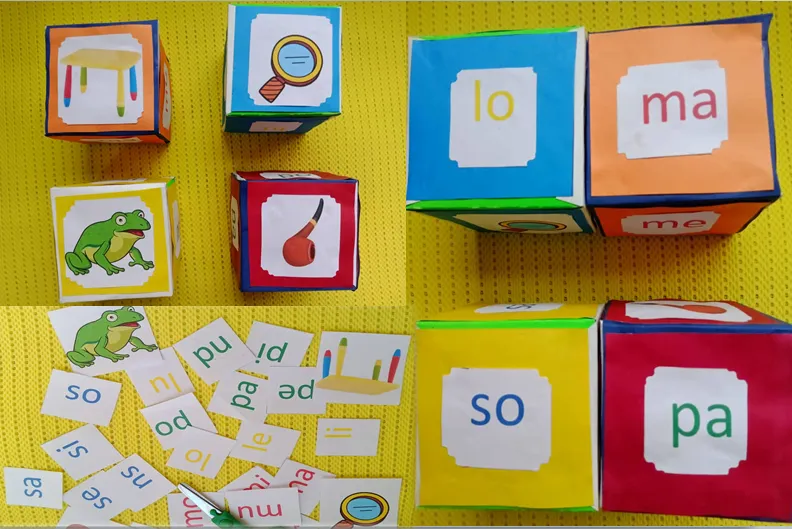
Greetings dear community @homeedders, I wish you are enjoying good health together with your loved ones and have a blessed week; this time I want to share with you a game to study syllables and form words; it is aimed at children 6 and 7 years old who are beginning to read.
It is called Cube of syllables, In this case we will study the syllables: ma, me, mi, mi, mo, mu; pa, pe, pi, pi, po, pu; la, le li, lo lu; and sa, se, si, so, su; with which the children will form words; there are four cubes, in each one are the syllables corresponding to the phonemes (m, p, l, s) and a referential image to form the words; in the cube of the syllables with the letter M, the reference image is a table; for the letter P a pipe; with the letter L a magnifying glass and with the letter S a toad, this with the purpose of providing the child with a guide to form the words. This resource can be done with the help of the children, cutting and pasting the squares and images, so they will develop eye-motor skills and creativity.
Saludos estimada comunidad @homeedders, deseo se encuentren disfrutando de buena salud en unión de sus seres queridos y tengan una bendecida semana; en esta ocasión quiero compartir con ustedes un juego para estudiar las sílabas y formar palabras; está dirigido a niños de 6 y 7 años que inician la lectura.
Se denomina Cubo de sílabas, en este caso estudiaremos las sílabas; ma, me, mi, mo , mu; pa, pe, pi , po, pu; la, le li, lo lu; y sa, se, si, so, su; con las cuales loS niños formarán palabras; son cuatro cubos, en cada uno están las sílabas correspondientes a los fonemas (m, p, l, s) y una imagen referencial para formar las palabras; en el cubo de las sílabas con la letra M , la imagen de referencia es una mesa; para la P una pipa; con la letra L lupa y con la S sapo, esto con la finalidad brindarle una guía al niño para formar las palabras. Este recurso lo podemos realizar con la ayuda de los niños, cortando y pegando los cuadrados e imágenes, así desarrollaran habilidades oculo motoras y la creatividad.
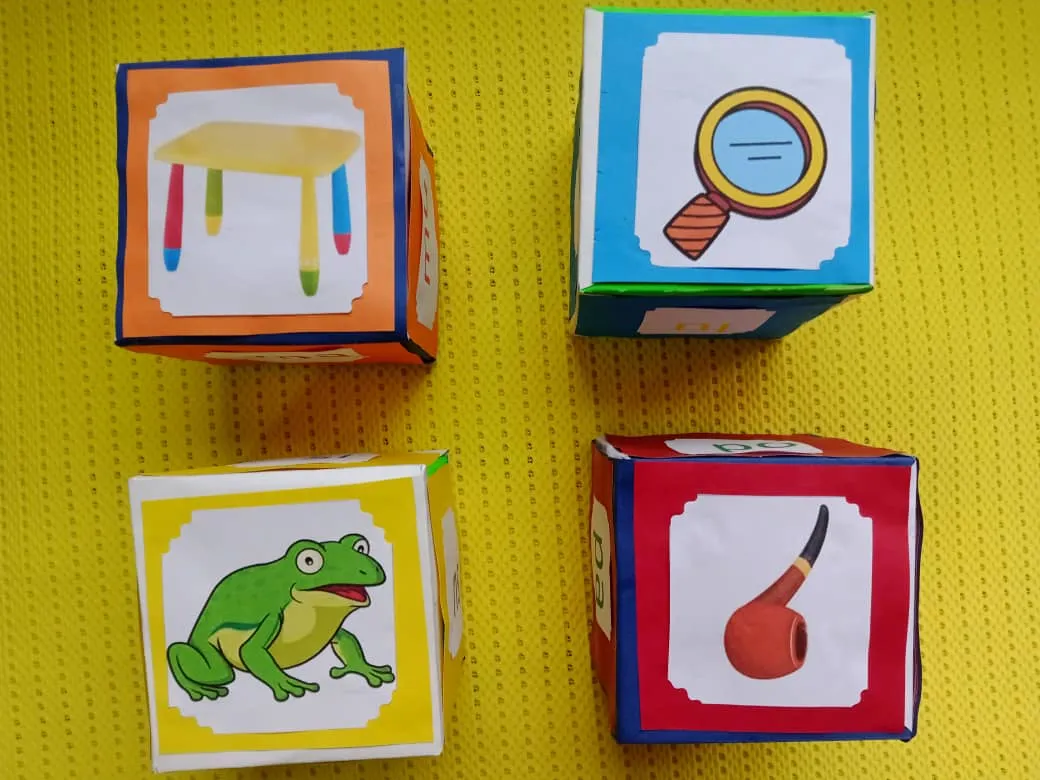
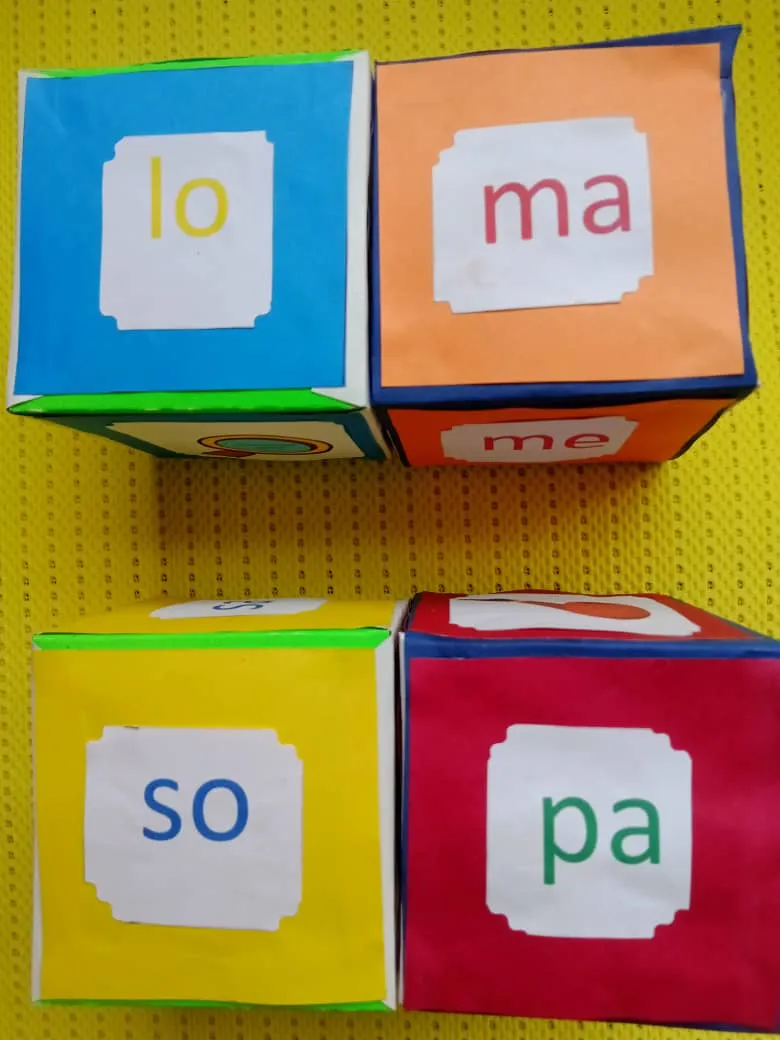

What do we need?
Images and printed syllables.
Glue stick.
Scissors.
pencil.
Ruler.
Cardboard
¿Qué necesitamos?
Imágenes y sílabas impresas.
Pega en barra.
Tijera.
lápiz.
Regla.
Cartulina

How do we do it?
On the cardboard strips we mark squares of 7, 5 * 7, 5 cm, leaving tabs of 1 cm at each end, then with the help of the ruler we fold along the lines we drew to shape the square and glue the side tabs.
¿Cómo lo hacemos?
En las tiras de cartulina marcamos cuadrados de 7, 5 * 7, 5 cm, dejando pestañas de 1 cm en cada extremo, luego con ayuda de la regla doblamos en las líneas que trazamos para dar forma al cuadrado y pegamos las pestañas laterales.
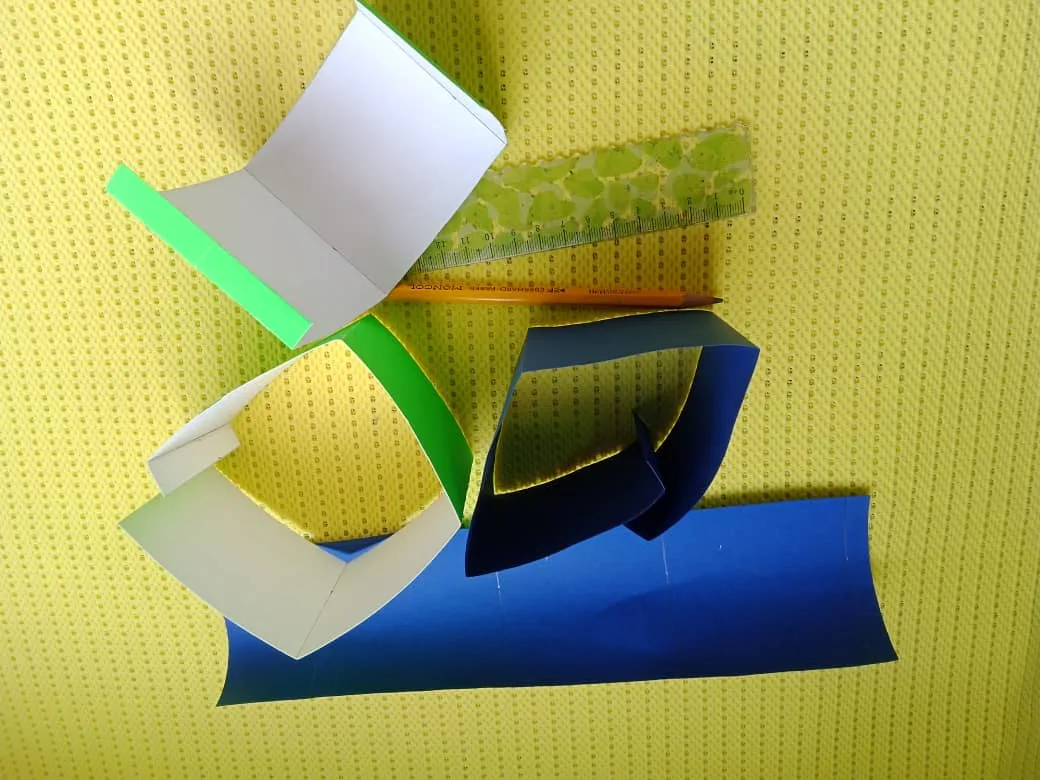
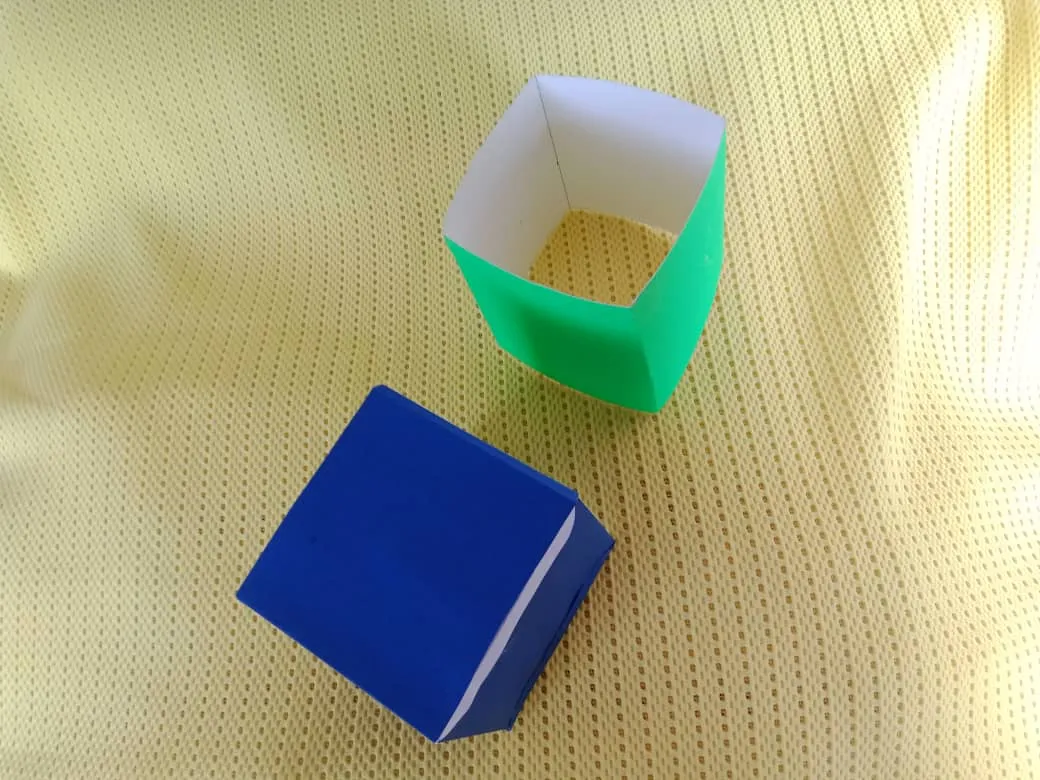
Then we glue the lids on the top and bottom of the cube.
Seguidamente pegamos las tapas de la parte de arriba y abajo del cubo.
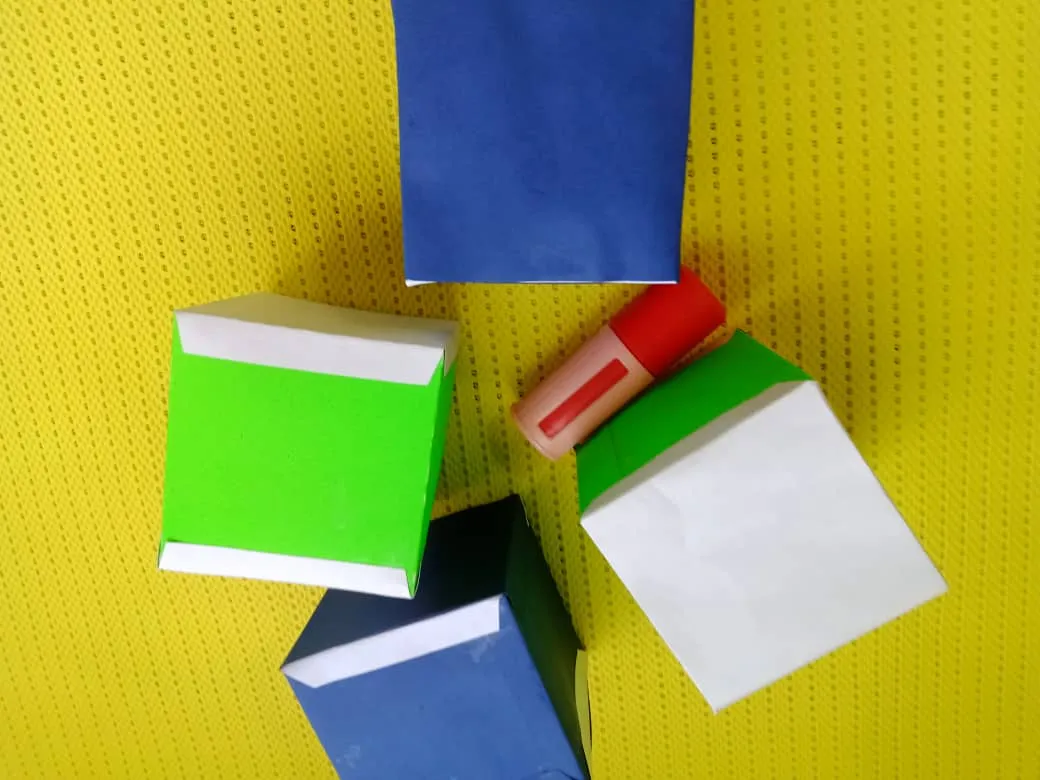

We cut out the images and the syllables.
Recortamos las imágenes y las sílabas.
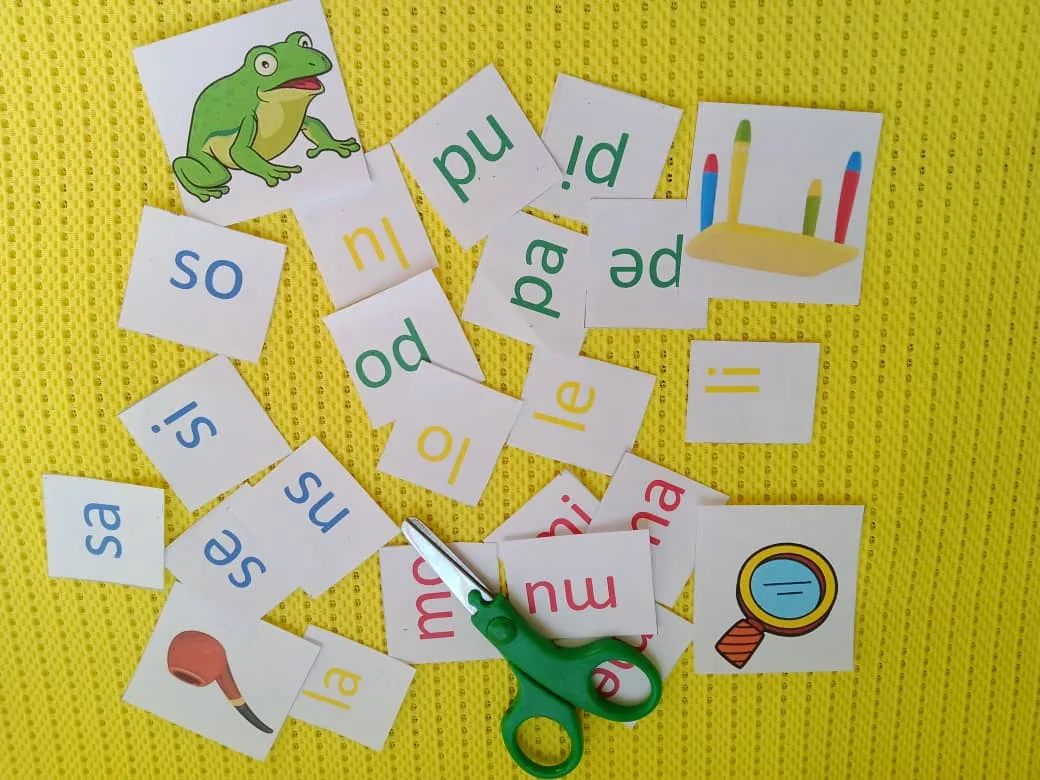
Marcamos y cortamos en las cartulinas de colores 24 cuadrados de 6 * 6 cm (6 para cada cubo).
We marked and cut 24 squares of 6 * 6 cm (6 for each cube) on the colored cardboard.
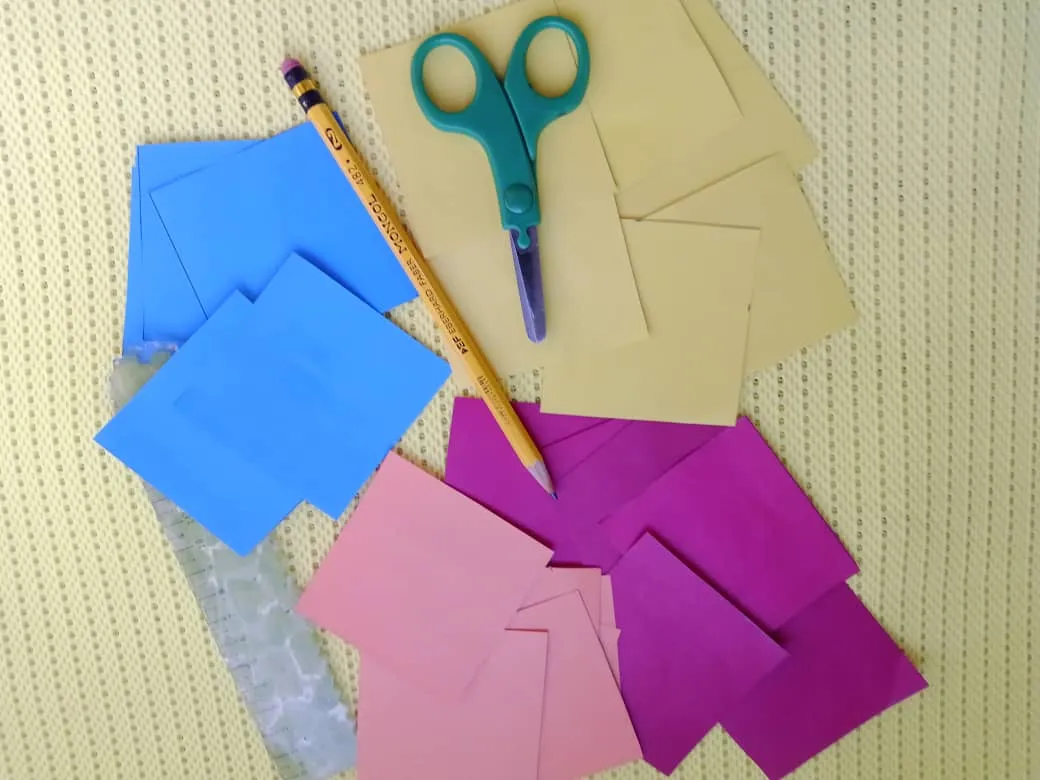
Glue the squares to the cubes, I used one color of cardboard for each cube.
Pegamos los cuadrados a los cubos, utilicé un color de cartulina para cada cubo.
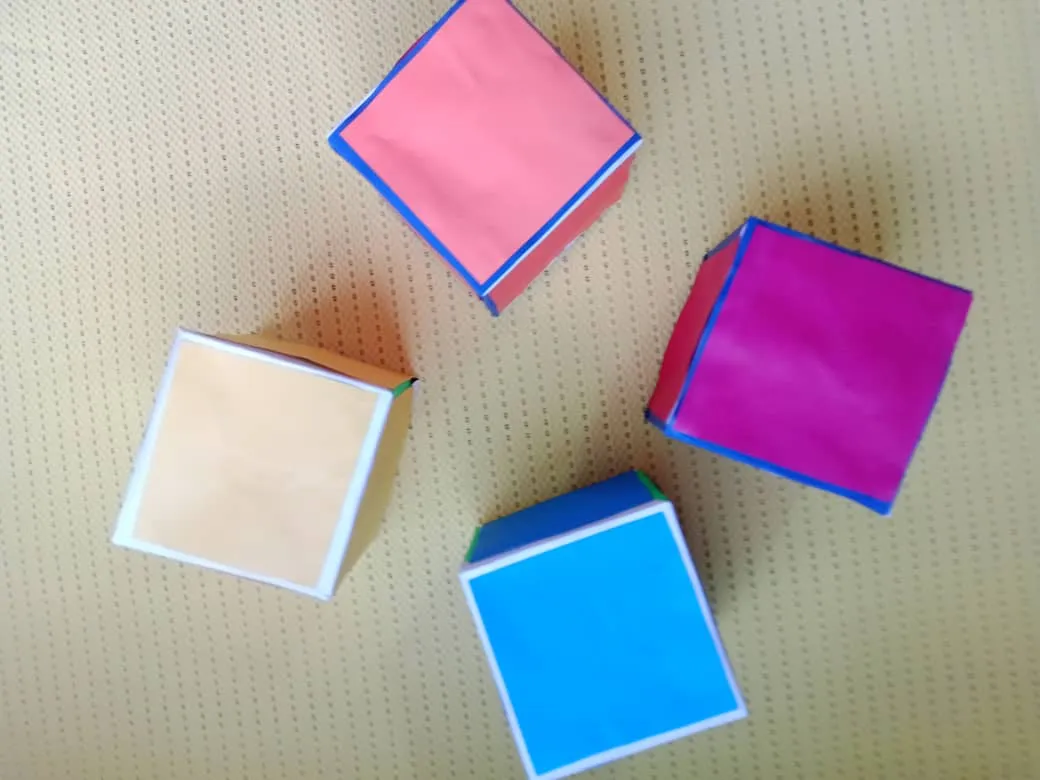

Finally we glue the images and the syllables on the faces of the cube and we have the cubes more than ready to have fun and work with the children.
Finalmente Pegamos las imágenes y las sílabas en las caras del cubo y tenemos los cubos más que listos para divertirse y trabajar con los niños

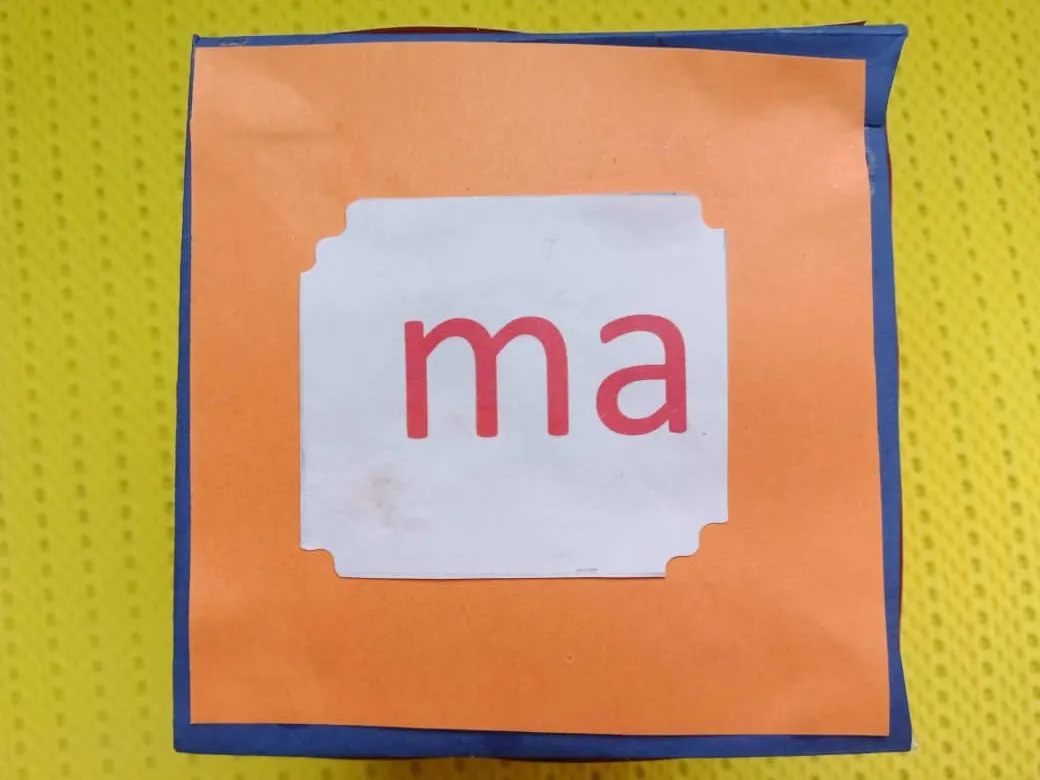
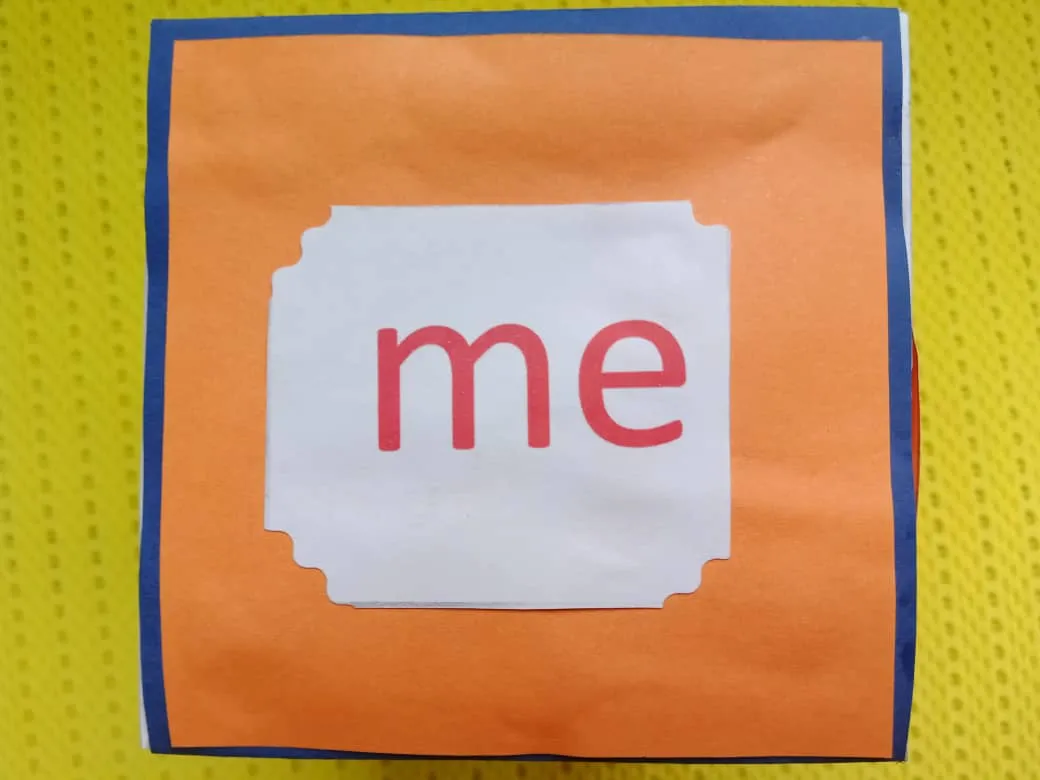
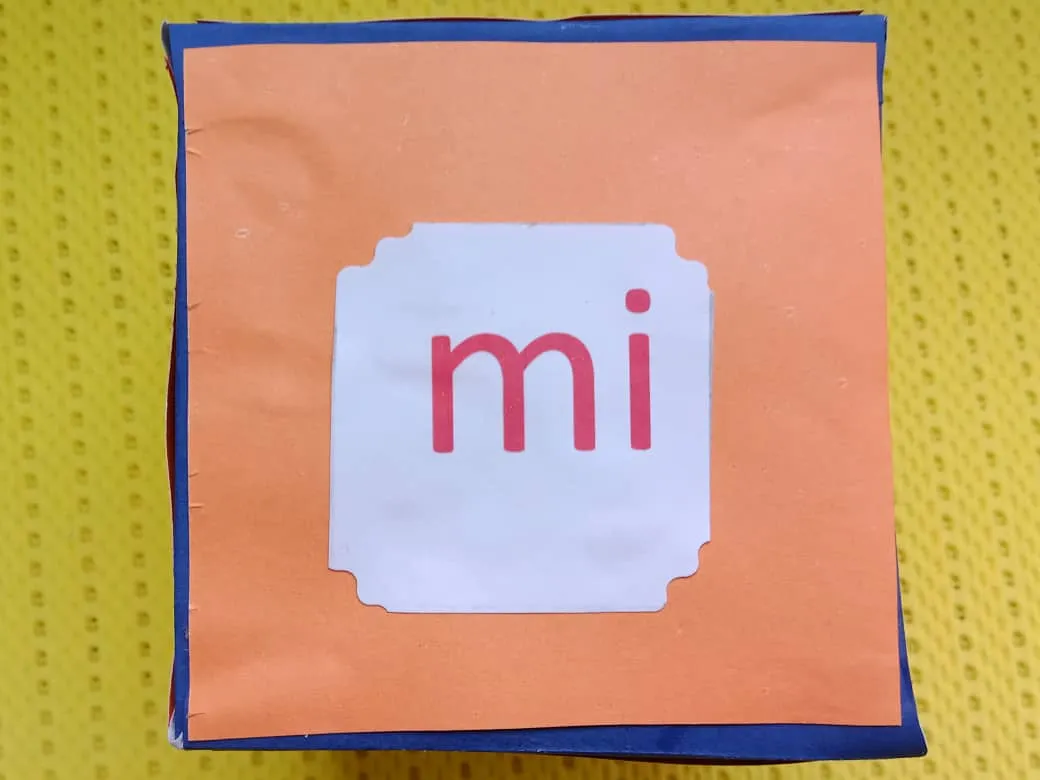
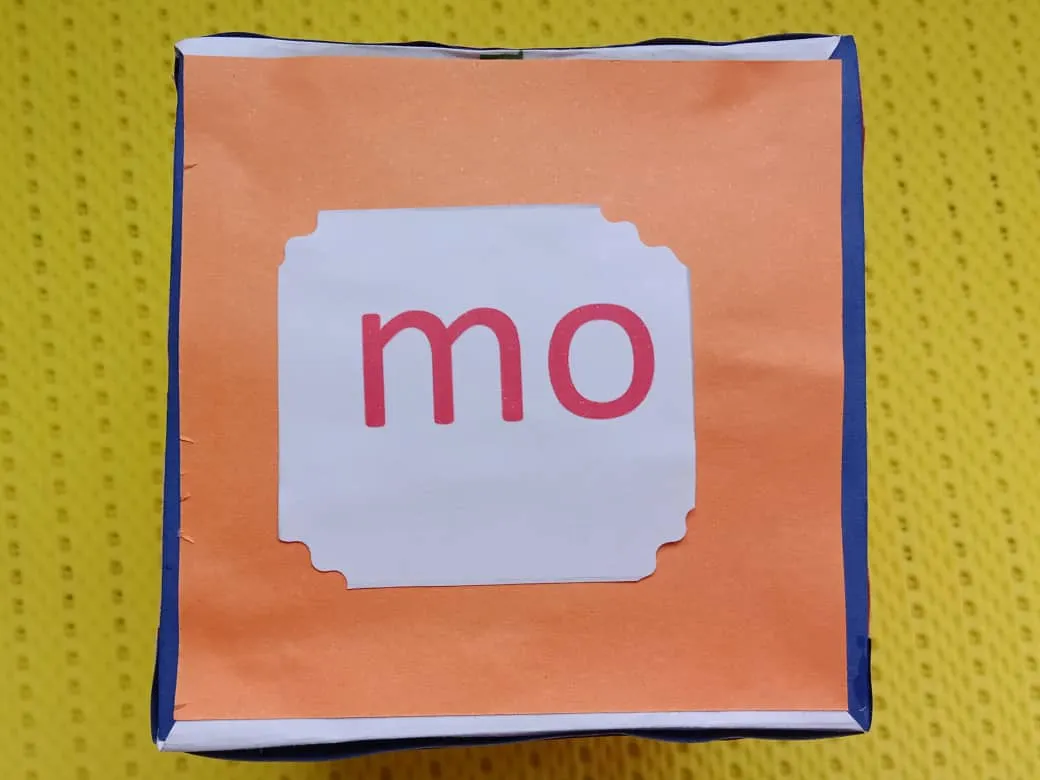
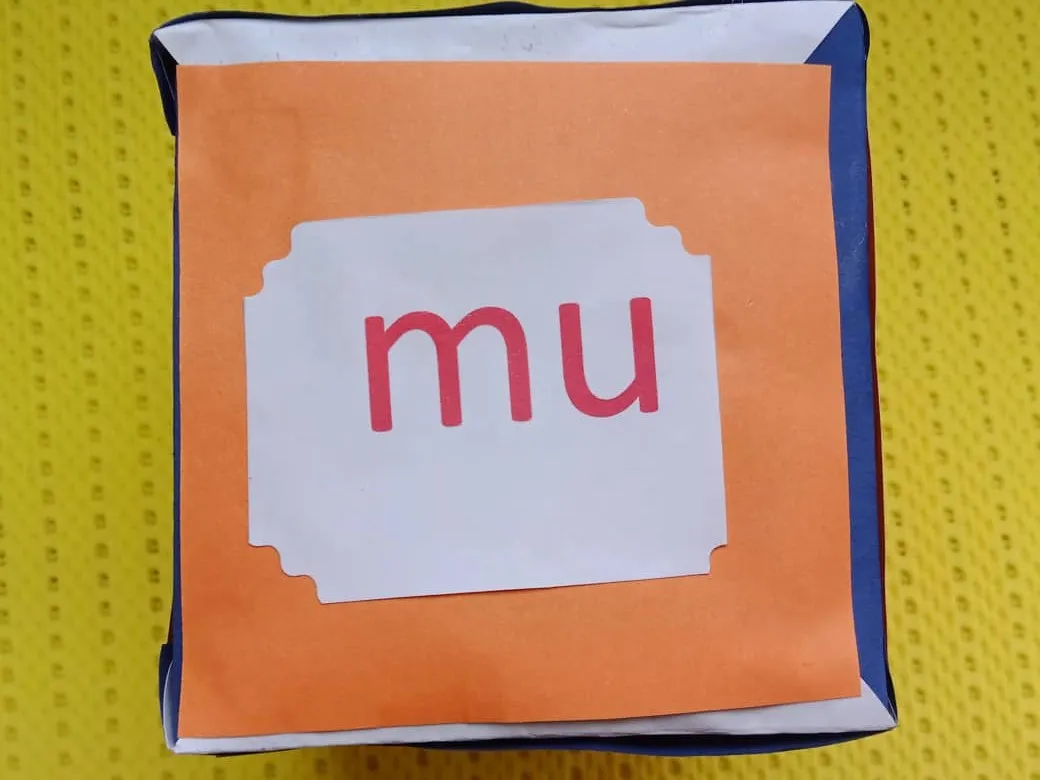
How to play?
We show the child an image of the cubes and ask him which syllables form the name of that image, then we explain that he must form words by combining the syllables of the cubes, he will combine syllables and say each word aloud until he has formed as many as possible; if he forms a word he does not know, we explain the meaning of the word.
¿Cómo se juega?
Le mostramos una imagen de los cubos al niño y le preguntamos ¿cuáles sílabas forman el nombre de esa imagen?, luego le explicamos que debe formar palabras combinando las sílabas de los cubos, él irá combinando sílabas y dirá cada palabra en voz alta; hasta que haya formado el mayor número posible; si forma alguna palabra que no conoce le explicamos el significado de la misma.
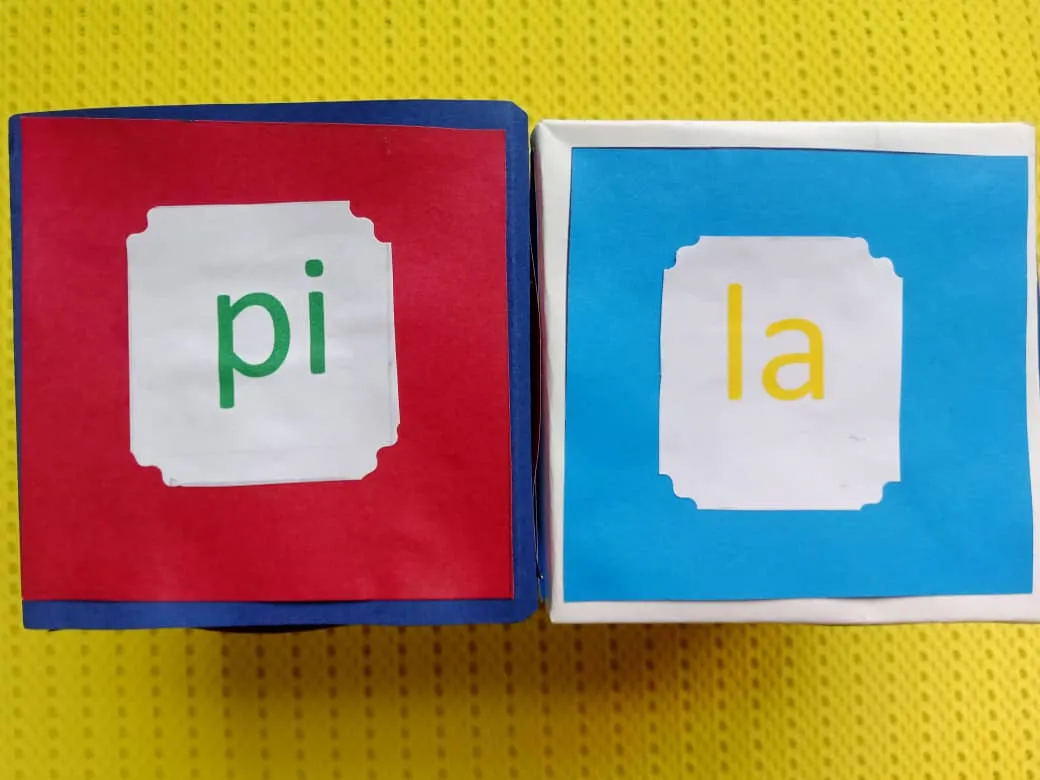
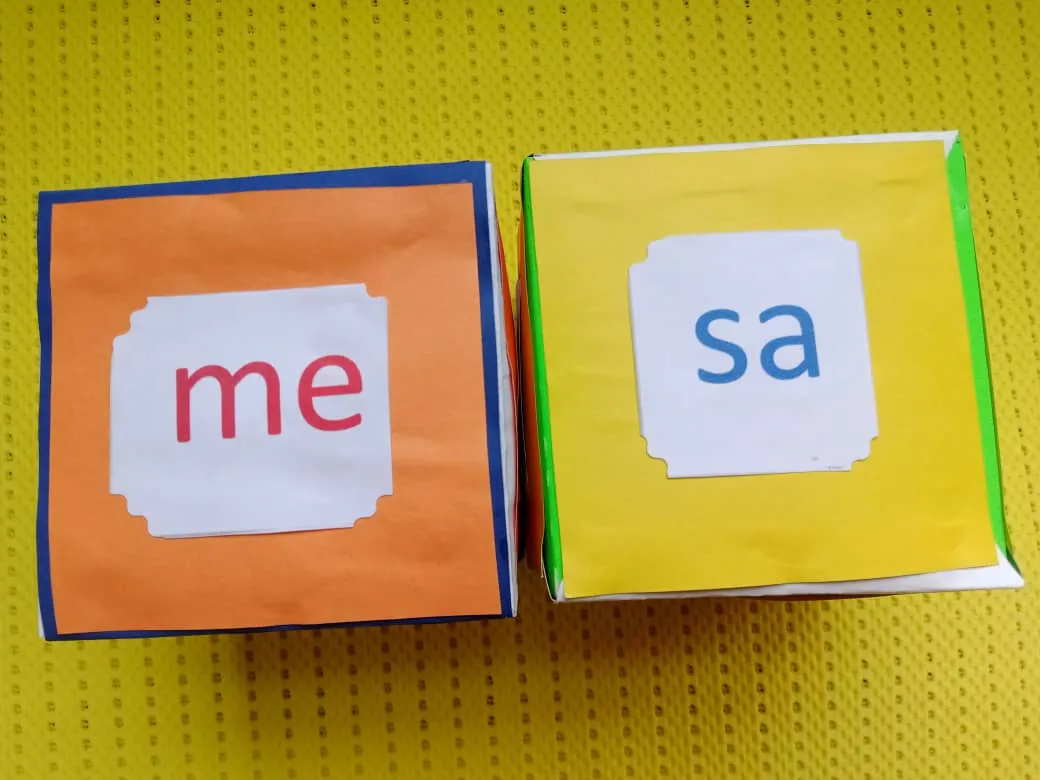
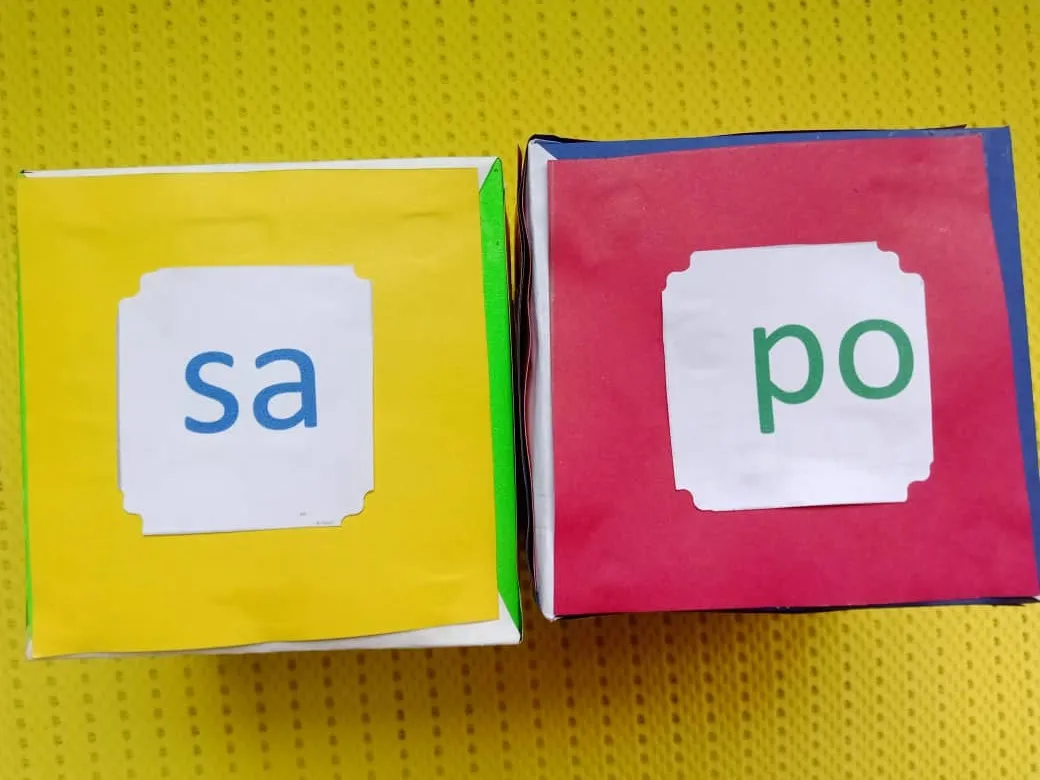
Benefits
Improves concentration and memorization.
Increases vocabulary.
Development of logical thinking
Knows new words and has fluency in speaking.
Exercises motor skills.
Beneficios
Mejora la concentración y memorización.
Amplía el vocabulario.
Desarrollo del pensamiento lógico
Conoce nuevas palabras y tiene fluidez al hablar.
Ejercita la motricidad.
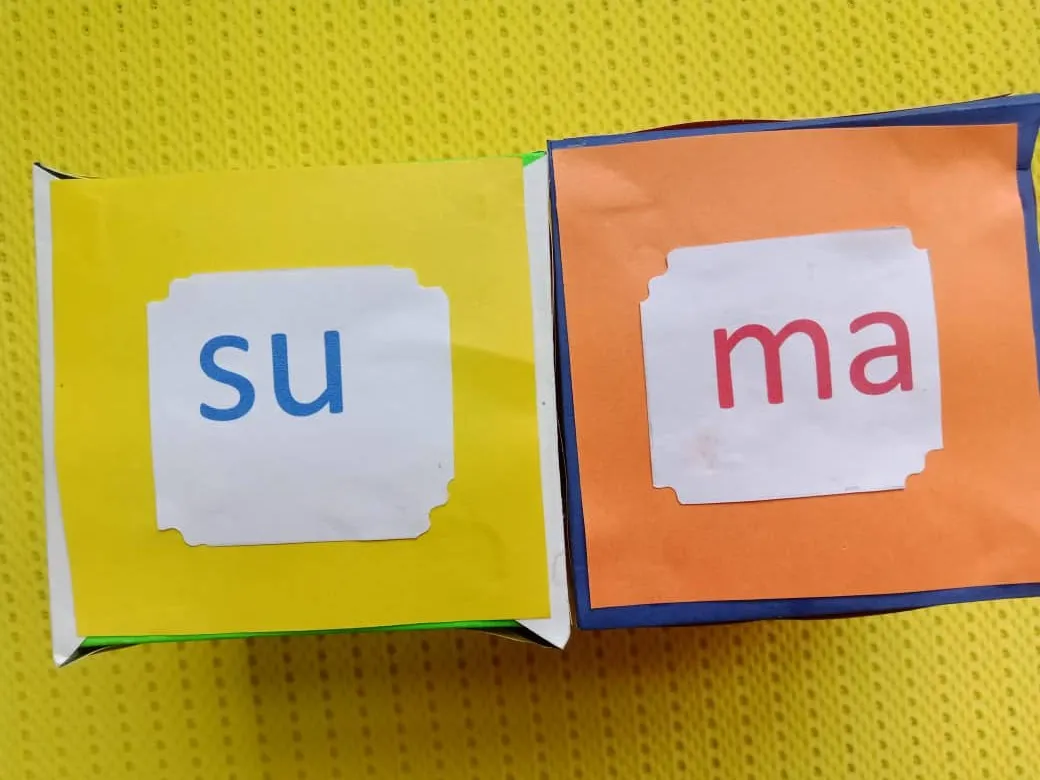
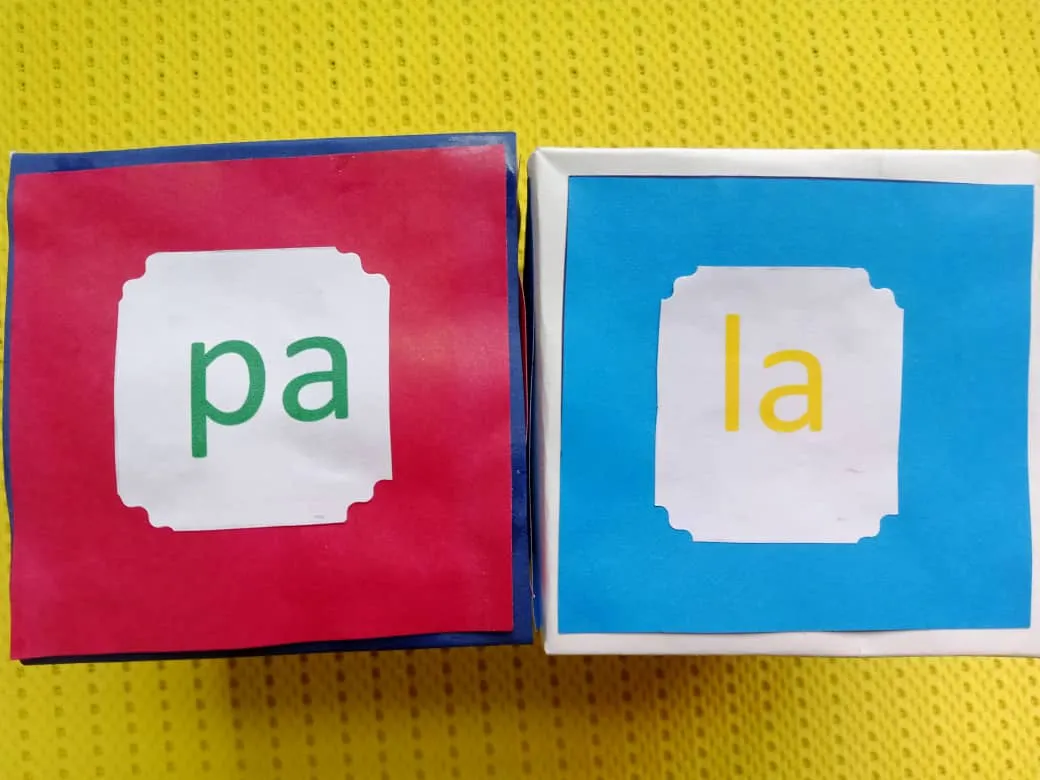



¡Bendiciones!
Blessings!
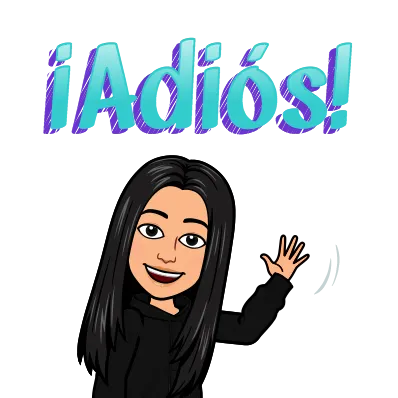
Translated with https://www.deepl.com/translator
All images are my own, captured by a Síragon LC-3000 camera, divisores cortesía de @kattycrochet.
Todas las imágenes son de mi autoría, capturadas por una cámara Síragon LC-3000, dividers courtesy of @kattycrochet.